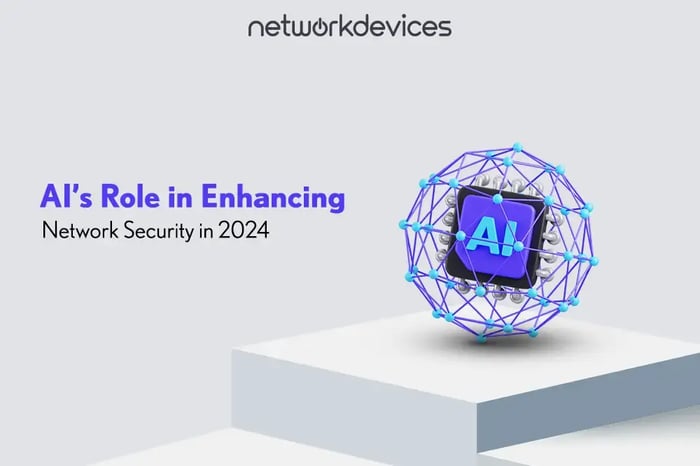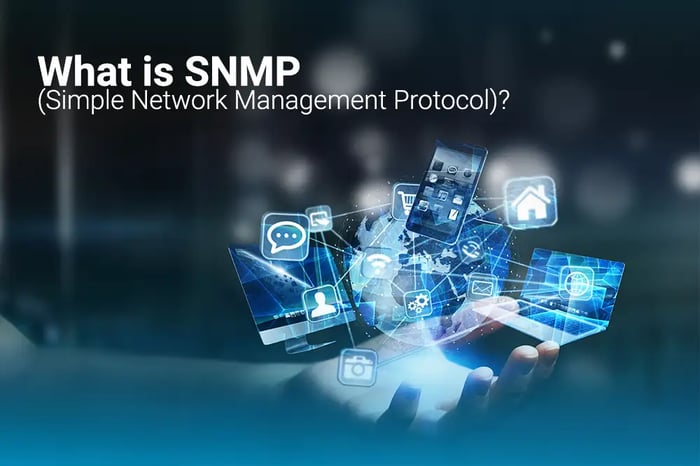You have no items in your shopping cart.
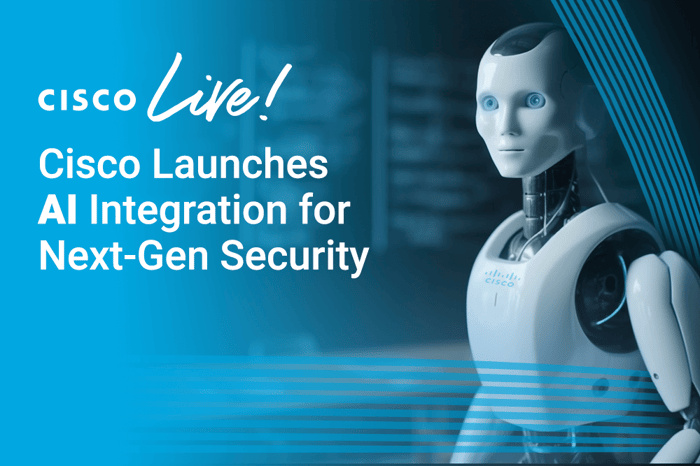
Cisco Launches AI Integration for Next-Gen Security
In a bold response to today's digital security challenges, Cisco unveils its latest AI integration to revolutionize network safety. This article explores how the tech giant is navigating the intricate landscape of contemporary tech environments, employing automation to free up IT professionals and bolster network defenses.
In our complex digital world today, keeping networks safe is harder than ever. Even industry leaders like Cisco face challenges due to the many different technologies and applications now linking various industries. Information security and management is a major rising concern for organizations globally.
Today's multi-vendor environment includes a diverse range of devices, technologies, and applications. This diversity has made it a complex task for network and security professionals to manage and maintain visibility. Cisco is well aware of these challenges and complexities.

As cloud adoption gains speed, Cisco observes that the integration of additional cloud services and applications intensifies the existing challenges in security and performance constraints. The system is designed to automate routine tasks, allowing IT professionals to focus on strategic initiatives for enhanced network security.
In a pioneering move, the tech giant Cisco launched a new initiative, announcing the integration of generative AI into its systems during Cisco Live in Las Vegas. Cisco will be integrating and leveraging the benefits of generative AI to connect and enhance its security and collaboration platforms.
The announcement introduced an advanced AI-powered policy assistant designed to:
· Reduce policy management complexities
· Speed up threat detection
· Accelerate remediation processes with greater agility.
In the competitive market of digital security, Cisco sets itself apart by harnessing the power of Generative AI.
What is Generative AI?
Generative AI is a new technology that allows users to create different types of content like text, images, videos, and more. It is a significant advancement in the AI/ML market and changes content creation.
The integration of Generative AI transcends mere software enhancements; it's a transformative approach with far-reaching impacts:
Connectivity:
It links and permeates every level of IT infrastructure, creating a more integrated and responsive network.
Hardware Enhancement:
Generative AI not only boosts software but also enhances the capabilities of hardware components, from servers to personal devices.
Predictive Technology:
It enables hardware to predict, adapt, and respond to the continuously evolving digital landscape.
Comprehensive Security:
The system's adaptability extends across various hardware, ensuring robust security from servers to laptops.
The hype-making Generative AI, a key component of Cisco's technology, produces unique content in real time by processing the user's input in the form of texts and queries. It does so with the help of Deep Learning and
Cisco effectively uses Natural Language Processing to help computers understand human language instantly.
Generative AI, which relies on Deep Learning, examines big data to recognize patterns and produce believable results. By mimicking the human brain's problem-solving, Generative AI employs Deep Learning and Neural Networks to create and solve issues.

Bridging the Gap: How Cisco's Generative AI Transforms Security and Collaboration Tools
Cisco aims to fill the traditional gap between network and SOC teams. The AI-driven policy assistant helps network professionals manage and streamline security policies and optimize them.
Cisco's SOC assistant eliminates the talent security gap and supports SOC teams by intelligently correlating events, alerts, and logs across all major platforms like the web, emails, networks, and endpoints. This helps in faster breach prediction and threat detection.
The SOC Assistant Demo was first showcased at the RSAC event by Cisco executive vice president Jeetu Patel. The POC demonstrated how a generative AI-supported SOC assistant can quickly help SOC teams find, fix, and predict threats.
Cisco Collaboration platforms like Cisco Webex, a cloud-based collaboration app for audio and video meetings, and event scheduling will offer unparalleled productivity and AI-enabled features that will notify users of missed meetings, key points, actions of meetings, and conversation summaries.
From Simplified Threat Response to Policy Management
Creating and managing security policies is a complex yet crucial aspect of cybersecurity hygiene. Precision is paramount, and making minor adjustments without disrupting or superseding existing rules is both time-consuming and technically demanding.
The sheer volume, inconsistency, and intricacy involved in maintaining these policies across multiple systems pose a substantial risk, creating vulnerabilities that attackers can exploit.
To solve this issue, Cisco Security Cloud will utilize a generative AI Policy Assistant to help security and IT administrators define detailed security policies and determine the most effective ways to implement them across various facets of their security infrastructure.

Threat Detection and response is another complex, time-consuming critical process that requires expertise in various systems and knowledge of rising threat vectors.
Relying on human intelligence for threat detection and remediation is old school. Cisco stepped ahead in the industry and introduced its new AI-powered SOC Assistant to detect and mitigate threats faster and make the threat response process rapid.
Cisco's Security Operations Center (SOC) Assistant enhances security analysts by providing timely context for informed decision-making. It conducts thorough situation analyses by correlating intelligence from the Cisco Security Cloud platform solutions, presenting potential impacts, and suggesting actions, substantially decreasing SOC response times to potential threats.
Cisco's Generative AI for Secure Next-Gen Collaboration Solutions
Cisco Webex is a popular video conferencing app. It has improved with AI features. These features make communication easier. They also change how we schedule events, receive reminders, and summarize meetings.
Cisco Webex will be stricter in security and automate the basic things with the help of Generative AI that required a manual touch or set up earlier.
Webex has defined an initial set of guiding principles for its enterprise-grade AI. These principles encompass multi-modal support, permissions, privacy, and accuracy. They underscore the commitment to utilizing data only when individuals already possess the necessary permissions to access it, in strict adherence to the privacy and security regulations of the respective data source.
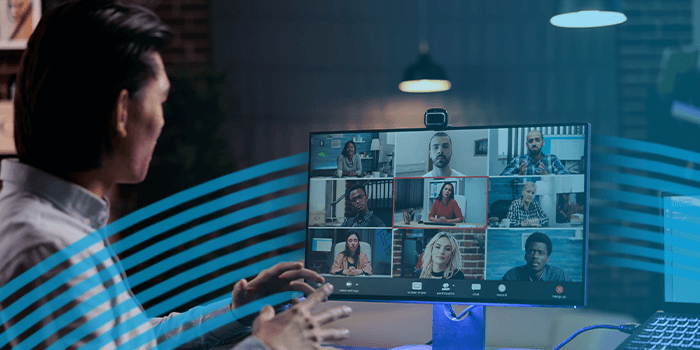
A glimpse of new Cisco Webex features with integrated Generative-AI
One of the standout features of Cisco's new AI-driven approach is its ability to constantly learn and adapt to the network environment, providing enhanced security protocols and preemptive threat mitigation.
1. Cisco's Catch Me Up
Allows end users to quickly get visibility into missed meetings, events, chats, and more.
2. Intelligent Meeting Summaries
Cisco's feature enhances the capability to generate and extract key points from keynote speakers during their sessions. It does not only save time but also eliminates the need for compulsory presence in the meeting.
3. Conversation Summaries
We all interact with different chatbots on many sites to solve our issues and queries. We are aware of the worst experience of having to explain everything again to the human agent. Cisco solves this through conversation summaries, which will give human agents an automated chat or call summary with an issue/solution overview and already-tried solutions with the customers.
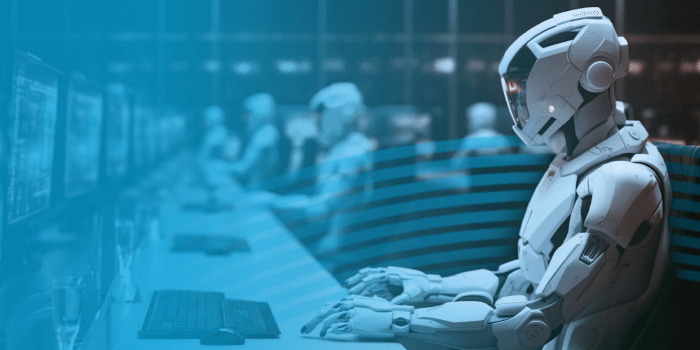
More AI Roadshow & Cisco Integrations on the Way!
Cisco's commitment to harnessing the power of Generative AI is evident in its rich history of utilizing AI across various domains such as audio, video, natural language understanding, security, automation, and analytics.
This dedication is exemplified by three significant announcements, all powered by Generative AI:
· The SOC Assistant
· Policy Assistant
· Summary of the Webex collaboration app
These innovations, combined with Cisco's ongoing advancements in Large Language Models (LLM) and generative AI, propel the delivery of unparalleled hybrid work experiences.
The integration of Generative AI into security and Webex is poised to positively transform the user experience. We will likely see that Cisco will continue to pioneer further developments in its cloud, security, and collaboration solutions, all backed and inspired by the potent capabilities of AI and machine learning soon.









